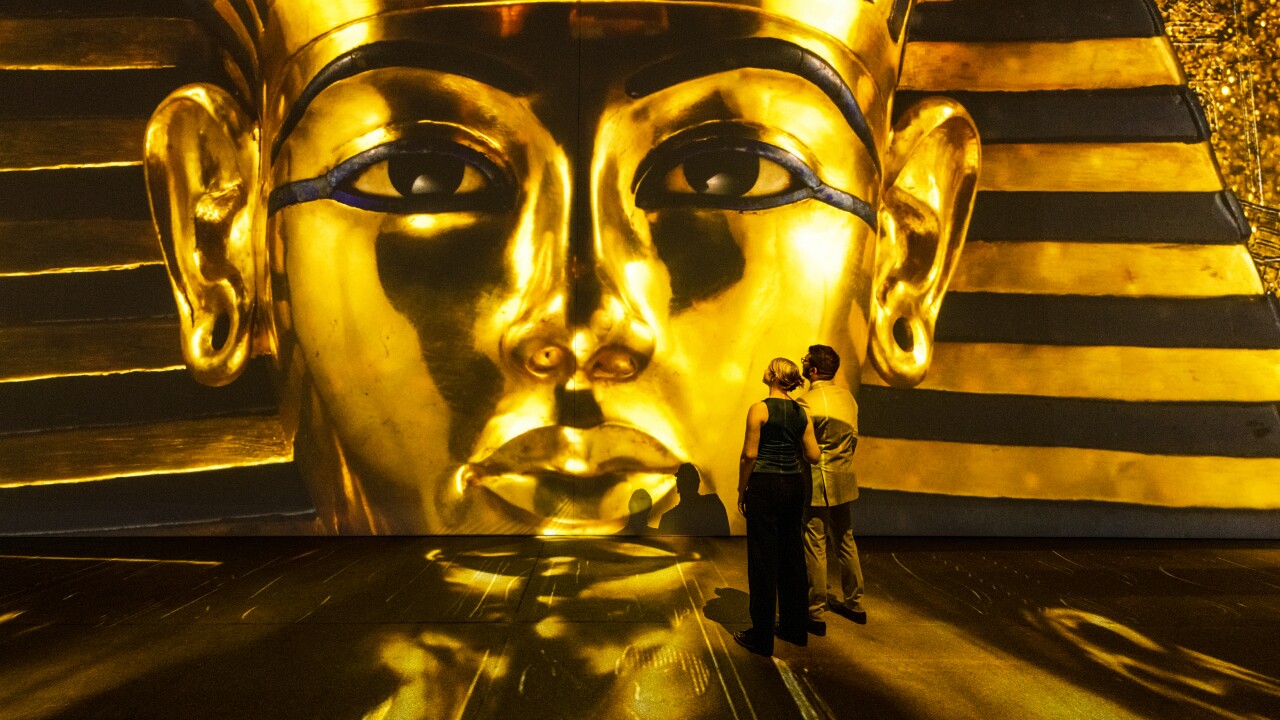
Welcome, fellow history enthusiasts and curious travelers, to an immersive journey into the wonders of ancient Egypt. Today, we embark on an exploration of the awe-inspiring Ramesseum Temple, a monumental structure that stands as a testament to the greatness and legacy of one of Egypt’s most celebrated pharaohs, Ramses II. Nestled on the west bank of the Nile River in Luxor, Egypt, this archaeological gem invites us to unravel the mysteries and immerse ourselves in the grandeur of the New Kingdom era. Join us as we step back in time to uncover the marvels within the Ramesseum Temple.
- The Temple of a Pharaoh: The Ramesseum Temple, also known as the Mortuary Temple of Ramses II, was built as a tribute to the pharaoh’s divine status and his reign during the 13th century BCE. As a mortuary temple, it served as a place of worship and a sanctuary for the deceased pharaoh’s spirit. The temple’s design and artistic splendor are a testament to Ramses II’s power, ambition, and devotion to the gods.
- Majestic Architecture: The Ramesseum Temple’s grandeur is evident from the moment visitors approach its impressive facade. Enormous stone pylons guarded by colossal statues of Ramses II lead into a vast courtyard adorned with towering columns and intricate carvings. The architectural layout, reminiscent of the temples of Karnak, creates a sense of awe and reverence, reflecting the might and importance of the pharaoh.
- Monumental Statues: The Ramesseum Temple once housed massive statues of Ramses II, serving as symbols of his authority and divinity. The most famous of these statues is the fallen colossus, lying in fragments but still evoking a sense of the pharaoh’s greatness. The colossus, weighing an estimated 1,000 tons, stands as a testament to the remarkable architectural feats achieved during Ramses II’s reign.
- Intricate Reliefs: The walls of the Ramesseum Temple are adorned with intricate reliefs that depict scenes from Ramses II’s reign, including military victories, religious ceremonies, and the pharaoh’s divine interactions. These beautifully preserved carvings provide invaluable insights into the pharaoh’s accomplishments, religious practices, and the rich mythology of ancient Egypt.
- The Hypostyle Hall: Stepping into the temple’s inner sanctum, visitors encounter the impressive hypostyle hall, a vast chamber filled with towering columns adorned with intricate hieroglyphics and carvings. This sacred space was where rituals and offerings to the gods were conducted, immersing visitors in the spiritual essence of ancient Egypt.
- Preservation and Accessibility: Preserving the architectural and historical significance of the Ramesseum Temple is a continuous endeavor. While certain areas may be restricted for conservation purposes, visitors can still explore the temple complex and witness ongoing restoration efforts. These preservation endeavors ensure that future generations can continue to appreciate the splendor and cultural legacy of Ramses II.

